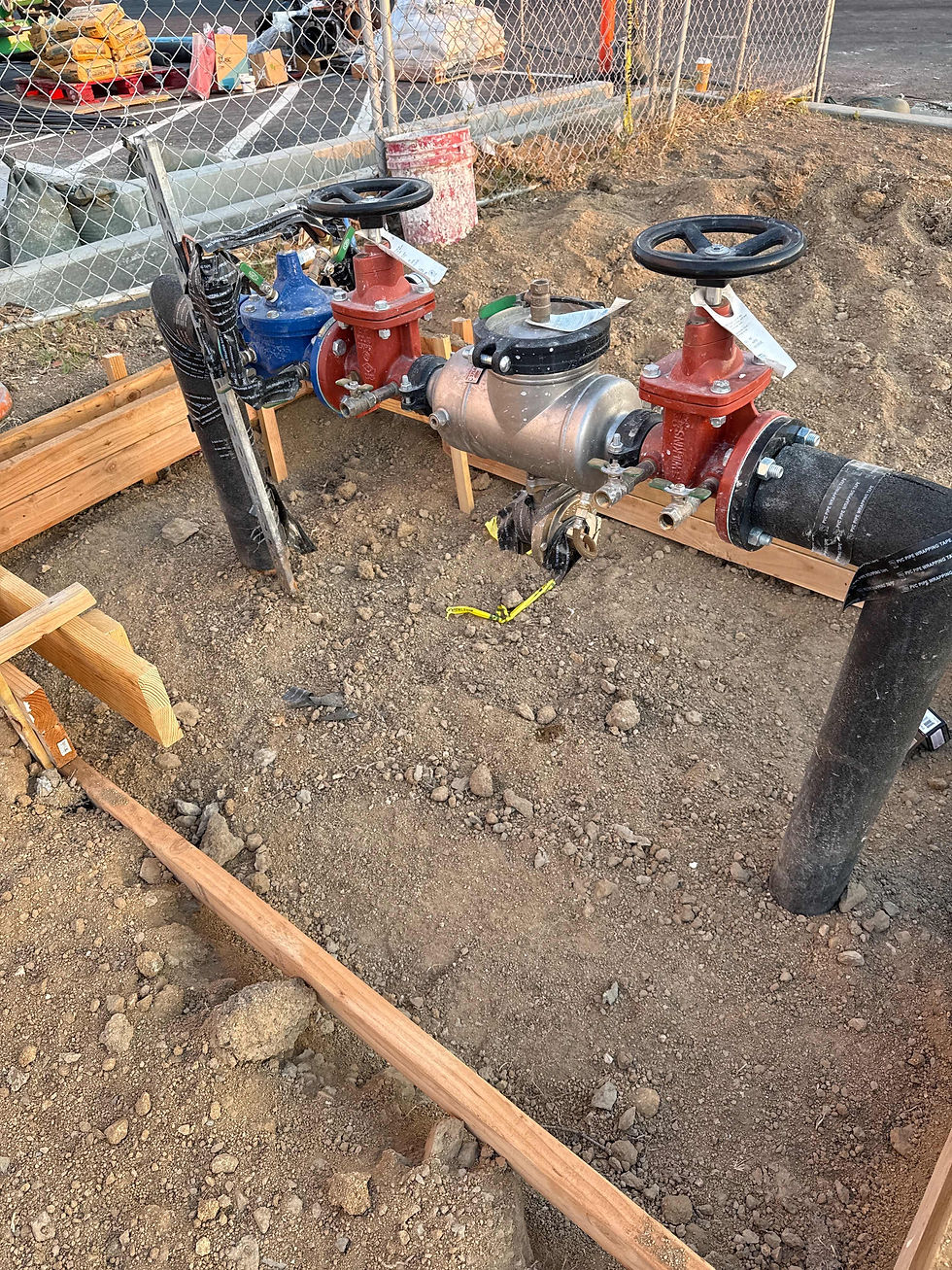Essential Backflow Prevention Protocols for Healthcare Facilities
- bill57931
- Apr 17, 2024
- 2 min read

In healthcare facilities, the safeguarding of water supply systems against contamination is not just a regulatory requirement; it's a critical component of patient safety and infection control. Backflow prevention in these environments requires stringent measures beyond those applied in residential or standard commercial settings.
This blog explores the specific backflow prevention requirements for healthcare facilities, highlighting the importance of adhering to these standards and introducing innovative approaches for ensuring the utmost water safety in medical environments.
Understanding Backflow Prevention Needs in Healthcare
High-Risk Environment Healthcare facilities, including hospitals, dental offices, and nursing homes, are categorized as high-risk environments due to the potential of exposing patients to harmful contaminants through medical procedures. The complexity of their water systems and the presence of multiple connection points increase the risk of backflow incidents.
Regulatory Compliance Healthcare facilities must comply with strict state and federal regulations regarding backflow prevention. These regulations often require facilities to implement comprehensive backflow prevention strategies that include the installation of specialized backflow prevention devices, regular testing, maintenance, and detailed documentation of all safety checks.
Types of Backflow Preventers Used The choice of backflow preventers in healthcare facilities is critical and is typically dictated by the degree of hazard present. Facilities commonly use Reduced Pressure Zone (RPZ) backflow preventers and Double Check Valve assemblies, which offer high levels of protection, ensuring that any potential contamination does not compromise the potable water system.
Innovative Approaches and Best Practices
Integrated Water Safety Plans Developing and implementing a water safety plan that includes hazard analysis and critical control points can help healthcare facilities manage their water systems more effectively and ensure compliance with backflow prevention requirements.
Smart Monitoring Technologies Utilizing advanced monitoring technologies that provide real-time data on water quality and system integrity can help healthcare facilities preemptively address backflow issues before they lead to contamination.
Regular Training and Drills Regular training programs for facility management and staff on the importance of backflow prevention and emergency response strategies can enhance the overall safety culture within the healthcare environment.
Conclusion
Backflow prevention in healthcare facilities is a critical aspect of maintaining a safe and healthy environment for patients and staff. Given the complex nature of medical water systems and the high stakes involved, these facilities must adhere to the highest standards of backflow prevention.
By incorporating advanced technologies, adhering to strict regulatory standards, and fostering a culture of continuous improvement and vigilance, healthcare providers can ensure that their facilities remain safe from the risks of water contamination. As technology and regulations evolve, so too must the strategies employed by healthcare facilities to protect against backflow and ensure the highest standards of patient care and safety.







Comments